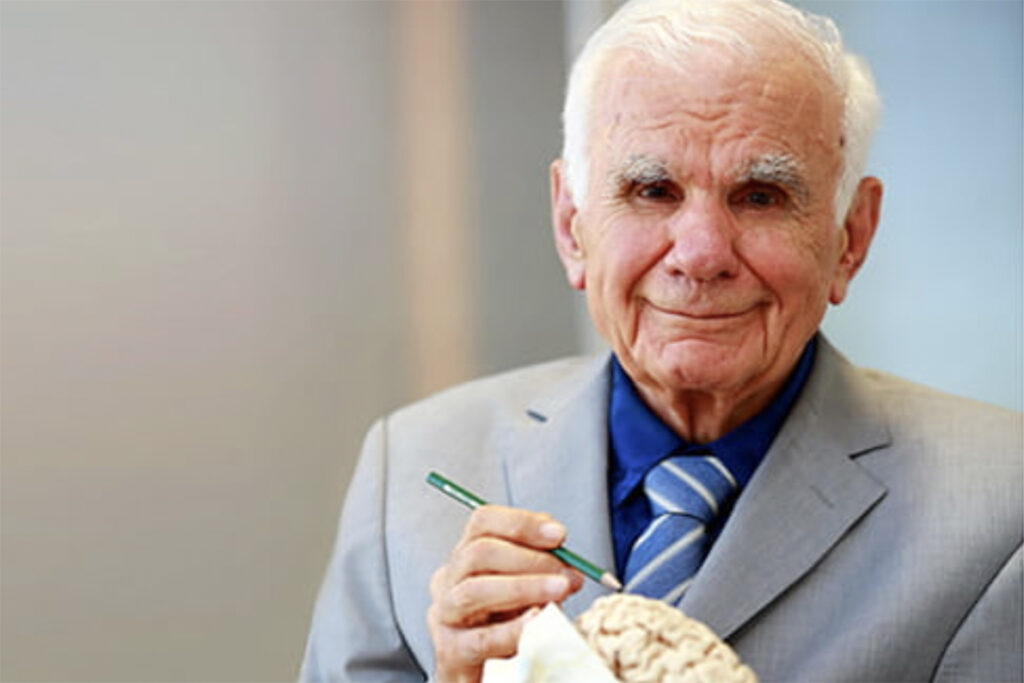Professor Mahmut Gazi Yaşargil, the pioneering neurosurgeon hailed as the father of modern microneurosurgery, died Wednesday just weeks before his 100th birthday, the Turkish health minister announced on X.
Alanında yürüttüğü eşsiz çalışmalarla “Yüzyılın En İyi Beyin Cerrahı” seçilen Prof. Dr. Gazi Yaşargil Hocamızın vefatını büyük bir üzüntüyle öğrendim.
Bilime adadığı ve bir asra yaklaştığı ömründe hepimiz için örnek teşkil eden nice işe imza atmıştı.
Onun hatırasını yaşatmak…
— Prof. Dr. Kemal Memişoğlu (@drmemisoglu) June 11, 2025
In a post on X Health Minister Kemal Memişoğlu expressed sorrow and praised Yaşargil’s contributions, calling him the “Neurosurgeon of the Century.”
Born on July 6, 1925, in Diyarbakır province, Yaşargil’s early education took him from Ankara to medical studies in Germany and Switzerland.
He completed his medical degree at the University of Basel in 1949 and began neurosurgical training in Zurich in 1953 under Professor Hugo Krayenbühl.
Yaşargil revolutionized neurosurgery by introducing the surgical microscope, enabling unprecedented precision in treating brain conditions.
His innovations included the development of microsurgical instruments and techniques for treating aneurysms, arteriovenous malformations and epilepsy.
In 1967 he performed the first cerebral bypass surgery using a surgical microscope, marking a significant advancement in neurosurgical procedures.
From 1973 to 1992 he served as professor and chairman of the Department of Neurosurgery at the University of Zurich, training over 3,000 neurosurgeons worldwide.
In 1999 the Congress of Neurological Surgeons honored him as “Neurosurgery’s Man of the Century 1950–1999.”
After retiring from Zurich, he continued his work at the University of Arkansas for Medical Sciences, contributing to research and education in microneurosurgery.
Yaşargil authored numerous publications, including the seminal six-volume series “Microneurosurgery,” detailing his extensive surgical experience.
His legacy endures through the surgical techniques and instruments he developed, which remain standard in neurosurgical practice today.
He is survived by his wife, Dianne Bader-Gibson Yaşargil, who had assisted him in surgeries since 1973.

